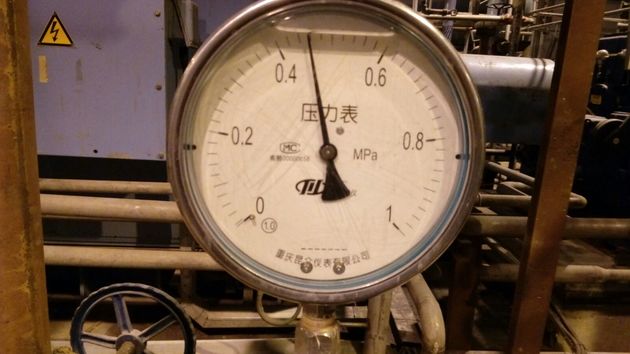How to Control Gas Hazards at Landfills
You have to know a bit of info about landfills and how gases are produced. It’s easy to tell when gases are present in the landfill. When you inhale the rotting smell near the area, it means that sulfur gases are present.
Through containment and abatement procedures, potential gas hazards can be avoided.

Learning About the Gases of Landfills
The health of people is one of the most important considerations especially where landfills are concerned. Oftentimes, landfills have potential gas hazards which can cause a lot of health problems. Solid wastes from different businesses, industries, and private homes are sent to a designated landfill. The authorities are trying hard to monitor the garbage or trash being delivered to landfills to ensure that no hazardous wastes are deposited. Despite the stringent regulations, there are times when hazardous wastes do enter landfills thereby causing gas hazards. Before the management of the landfill can decide to act on the gas hazards, people should first learn more about these landfill gases.
All the trash found in landfills are buried deep into the ground and covered. If you see colorless vapors, these are the landfill gases. Such gases are byproducts of the breakdown process. The gas types may vary since it will depend on the garbage found in the landfill as well as on the chemical environment, depth and size of the site, and the age. Surface winds can carry the gases and so it can expose people to harmful gases and bad odor. If you live near a landfill, you will often be able to breath in the landfill gases early in the morning. During hot weather, there will be higher production of the gases as compared to rainy or cold weather.
How to Control Gas Hazards at Landfills – Common Gases, Abatement, and Containment
Among the gases produced are methane, carbon monoxide, and sulfur gases like hydrogen sulfide, mercaptans, and dimethyl sulfide. The sulfur gases are the ones responsible for the rotting smell in landfills. Even if the gases are not visible to the eyes, it can still be detected. Detection is very important to identify potential gas hazards. To prevent health hazards due to landfill gases, abatement and containment is necessary. When it comes to abatement, the management will try to stop the production of such gases while containment procedures are geared towards keeping the gases on-site.
In most landfills, containment is possible through the use of engineered cover or cap and the construction of impermeable liners at the bottom of the ground. Abatement procedures focus on the interior vents to the outside. Through this method, pressure is reduced in the landfill and gases can’t easily escape the site. You will often see pipe systems, simple vents, etc. depending on the landfill management. The neighboring homes should be protected from harmful landfill gases so if you have concerns, contact the authorities or the local landfill management.
1 Comment
- I need gas dealership in native place krishnagiri what i need to do please help as
Comment
Categories
- Franchise Opportunities
- Wholesale Business Opportunities
- Small Manufacturing Business
- Farming Business Ideas
- Unique Business Opportunities
- Shop Business Ideas
- Small Business Opportunities
- Startup Company Ideas
- Home Based Business Opportunity
- Rural Business Opportunities
- Tips for Buying and Selling
- Starting Rental Business
- Ideas for Small Business
- Free Business Ideas
- Internet Business Ideas
- Store Business Opportunities
- Entrepreneur Business Idea
- Retail Store Ideas
- Service Business Ideas
- Advice for Small Business
- Financing a Small Business
- Restaurant Business Opportunities
- Small Business Articles
- Business Marketing and Advertising
- Repair Business Opportunity
- Professional Career Opportunities
- Business Insurance Information
- Instructor Guides
Popular Articles
- Which Business to Start
- Writing a Business Prospectus
- Writing Business Proposal
- Writing a Business Biography
- Writing Business Solicitation Letter
- Nut and Bolt Business Plan
- Alternatives to Outsourcing
- Office Space Legal Requirements
- How to Commercialize a Product
- How to Start a Slot Car Racing Business


